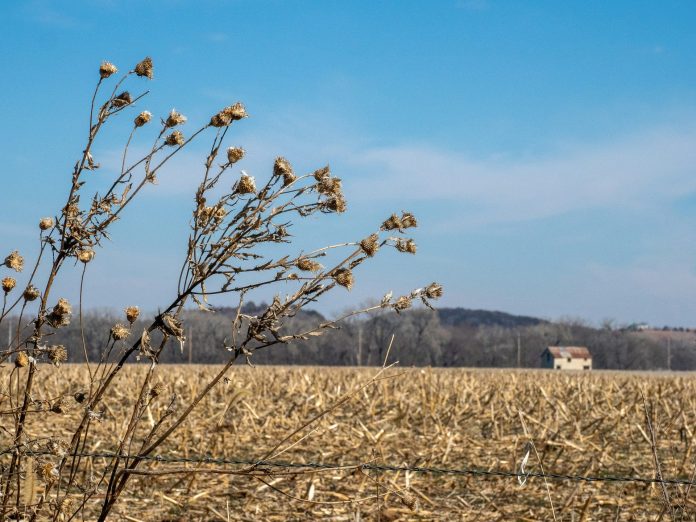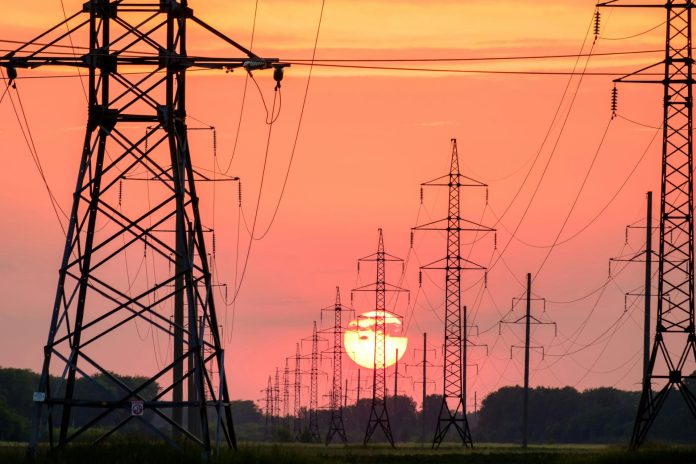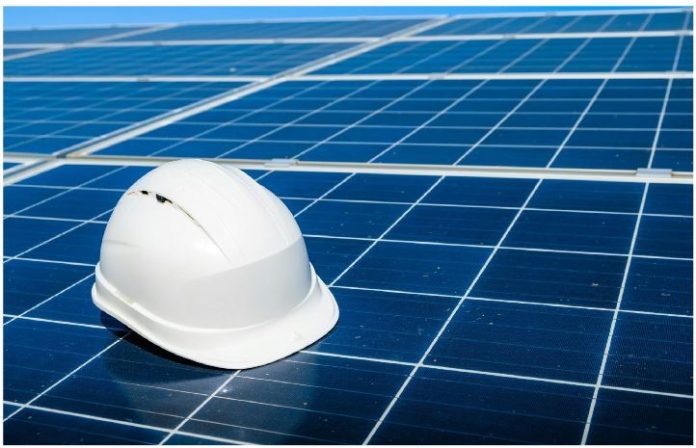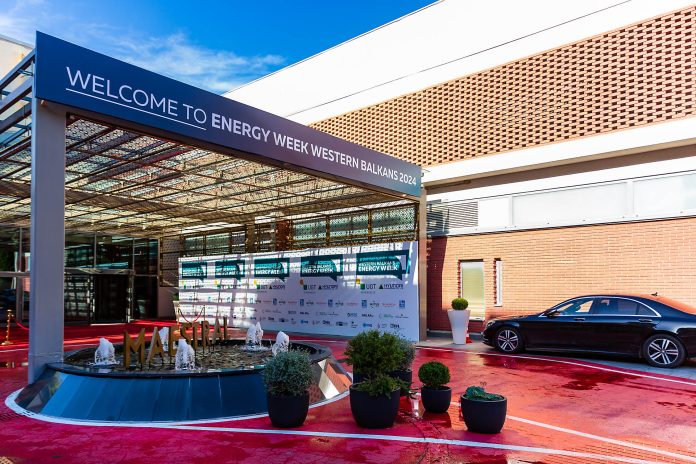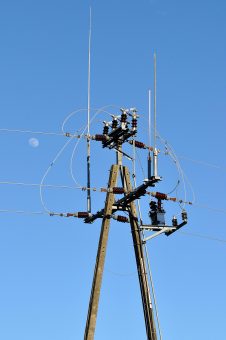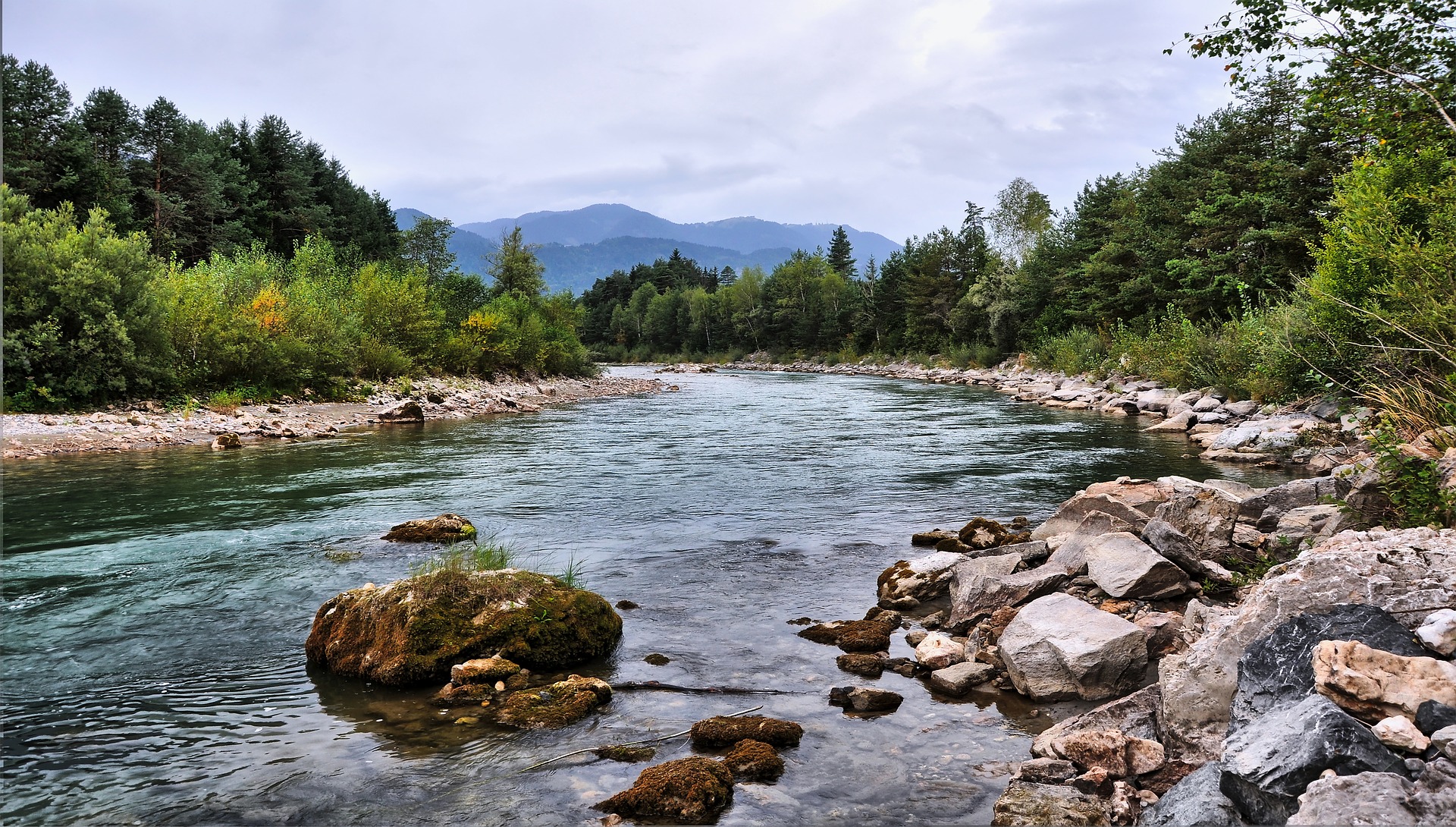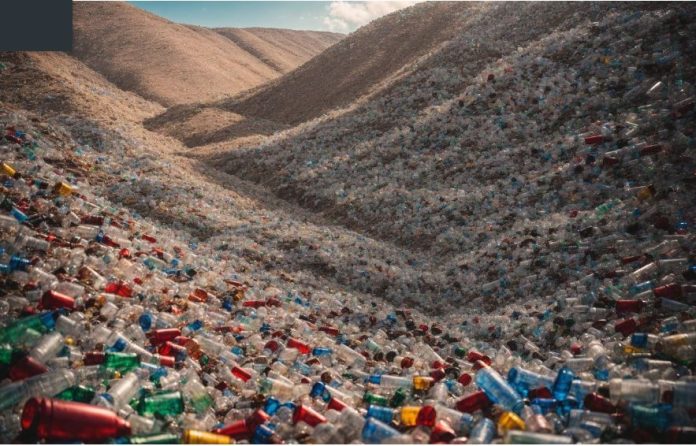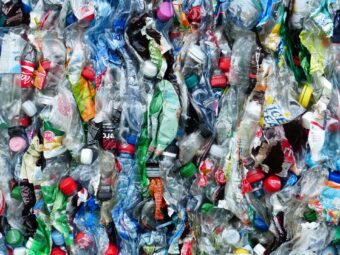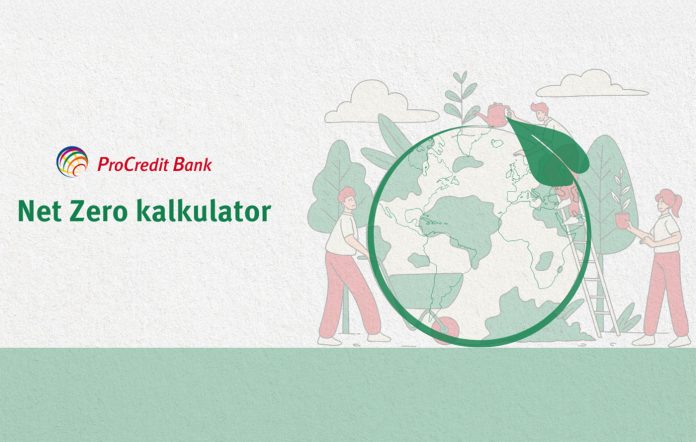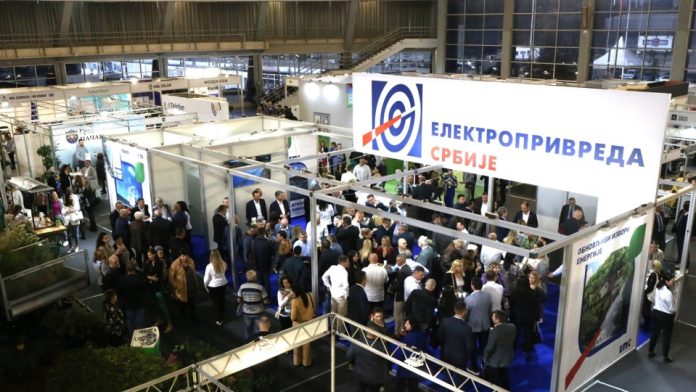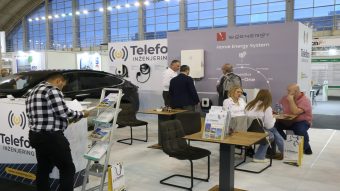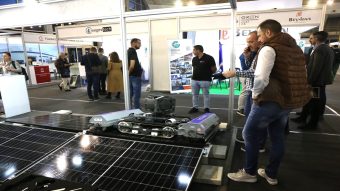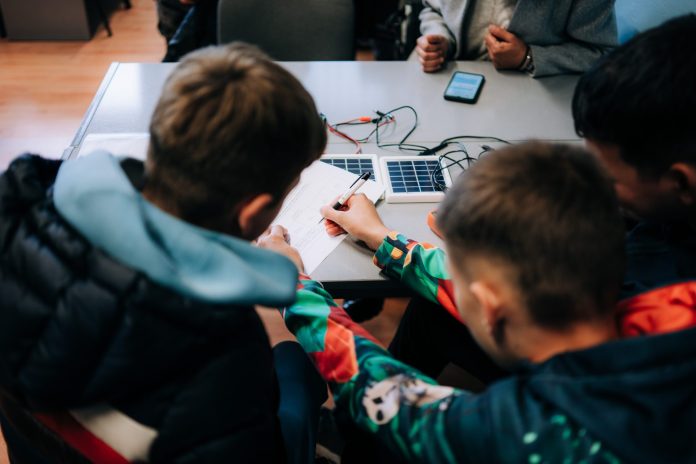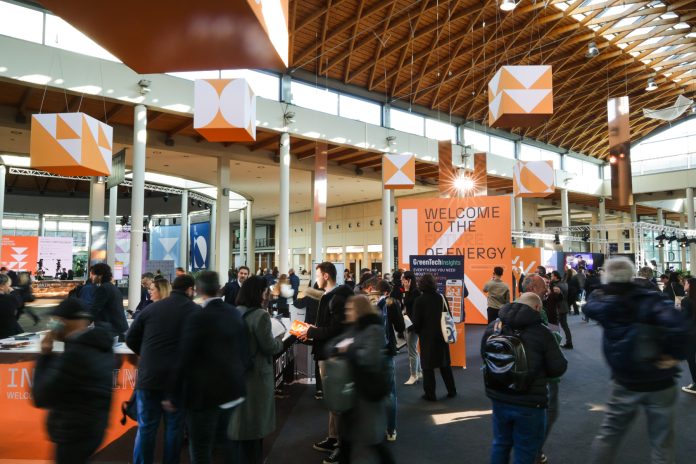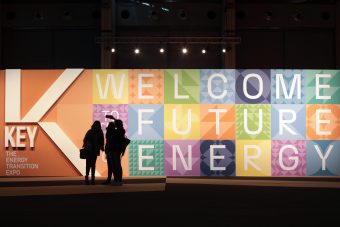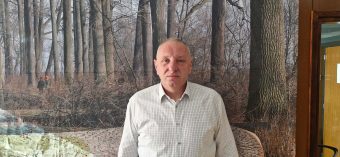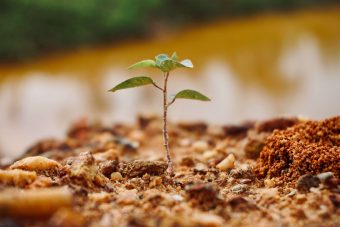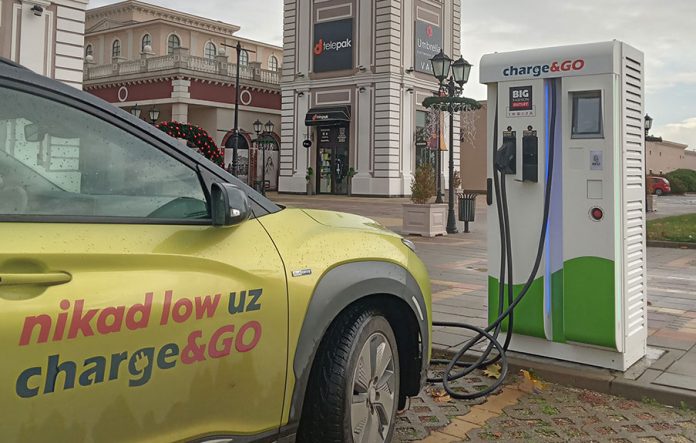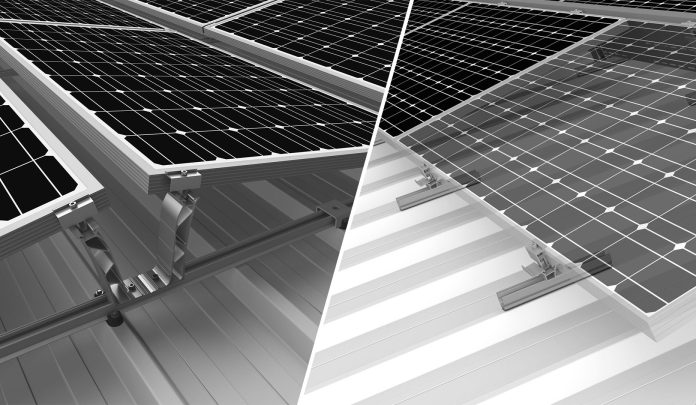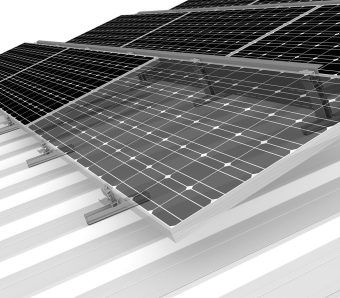In July 2025, Serbia faced one of the most severe wildfire waves in its recent history. Although forest and field fires are not usually expected every summer to the extent, they are common in certain parts of the Mediterranean; this year’s statistics show a serious increase in our country. Extreme heat, with days above 40 degrees Celsius, combined with prolonged drought and windy weather, created highly favorable conditions for the rapid spread of fires across the country.
The culmination occurred on July 7, when, between 7 a.m. and 7 p.m. alone, more than 620 open-space fires were recorded. Fires appeared in landfills, forests, agricultural fields, orchards, and around houses and auxiliary buildings. Under such conditions, firefighting units were under enormous pressure and at the edge of their capacity, while the situation also highlighted deeper issues within the fire protection system. According to available data, Serbia has approximately 3,600 professional firefighters, with an additional 1,500 engaged through volunteer firefighting associations.
The most critical situation was in the Toplica District, where fires affected the entire area – Prokuplje, Kuršumlija, Žitorađa, and Blace. Severe consequences were also suffered in parts of the Jablanica District in the southeast, the Rasina and Šumadija districts in central Serbia, particularly around Kragujevac, as well as the Bor District in the east. In many areas, due to dry vegetation and low soil moisture, fires spread rapidly. Thick smoke, stretching for tens of kilometers, further hindered efforts to extinguish them. In some places, visibility was reduced to only about fifty meters.
On July 9, the Government of Serbia announced that it had secured 350 million dinars of aid for those affected. It also announced the formation of a Commission for Fire Damage Recovery, tasked with directing activities in this regard and working on prevention.
Relief, however, came only in mid-July, when the first heavier rainfall, combined with the joint intervention of all engaged services, enabled the localization and extinguishing of most fires. Nevertheless, the damage remained enormous – both materially and psychologically – as the experience in the fire zones left a lasting sense of insecurity.
This catastrophe, however, did not affect only Serbia. Similar situations were recorded at the same time in Greece, Italy, France, and other parts of Europe, struck by an intense heatwave. In Serbia, however, additional problems arose from underdeveloped infrastructure, insufficiently equipped local services, and the absence of detailed emergency plans at the municipal level. In many places, it was precisely the citizens – alone, without adequate support – who were the first to react.
IN FOCUS:
- SCC Belgrade – Safety and Stability of the Network as a Priority
- A Game-Changer: ProCredit Bank’s Net Zero Calculator for Measuring CO₂ Emissions
- The Primeval Forests of the Federation of BiH Among the Few in Europe
Stubble Burning – A Dangerous and Persistent Practice
One of the dangerous human causes of fires is stubble burning. Although prohibited by law, this method of clearing agricultural land is still widely practiced, especially in rural areas, where it is passed down as part of traditional practice. Under conditions of drought and high winds, fires can easily get out of control and spread to surrounding fields, forests, or even residential buildings. A single flame is enough to cause chaos.
Penalties for this practice are prescribed by the Law on Fire Protection and the Law on Agricultural Land – 10,000 dinars for individuals and several hundred thousand dinars for legal entities. In more severe cases, when major material damage or injuries occur, criminal liability also follows. However, in practice, such cases are rarely prosecuted. The problem is that burning is often done at night, in remote fields, and the perpetrators remain unknown.
In addition to causing fires, stubble burning has long-term negative consequences on the soil itself. The combustion of plant residues destroys beneficial microorganisms, dries out the surface layer of soil, and reduces its fertility. Instead, as a sustainable and safe alternative, plowing plant residues back into the soil, composting, or shredding and evenly spreading plant material across fields is recommended. These methods preserve soil, restore nutrients, eliminate fire risk, and do not pollute the air.
Landfills – A Recurring Summer Risk
Another serious problem that comes with the summer months is the increased number of landfill fires. Although this is not a new phenomenon, data show that the number of incidents is not decreasing; on the contrary, the problems are growing. Since the beginning of the year, hundreds of incidents have been recorded at landfills across Serbia, most often at unsanitary sites that lack basic fire protection systems. Causes include high temperatures, the presence of flammable waste, and usually poor management.
For this reason, representatives of the Sector for Emergency Situations of the Ministry of Interior and the Ministry of Environmental Protection held a joint meeting. They agreed on a series of urgent measures. The key among them is the introduction of 24-hour shifts of public utility employees at landfills, as well as a ban on access by unauthorized persons, including informal waste collectors.
The need was emphasized for checking hydrant networks and firefighting equipment, securing water tanks, nozzles, hoses, and distributors, as well as arranging fire access roads for unobstructed vehicle entry. It was also recommended to surround landfills with fire belts free of combustible materials to prevent the spread of fire to the surrounding areas. Additional protection is envisaged through so-called tamping – covering critical points with layers of soil, as well as regularly layering waste with inert material. For these measures to be effective, it was proposed to provide permanent locations for soil delivery and a sufficient number of machines for emergency interventions.
Prepared by Milica Vučković
The story was published in Energy portal Magazine CLIMATE CHANGE

